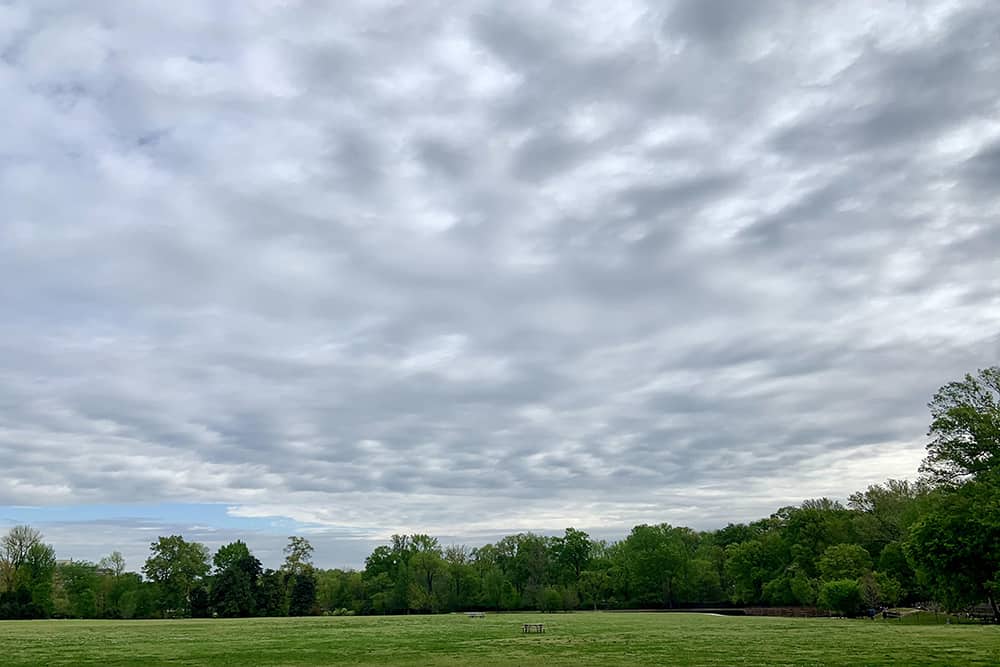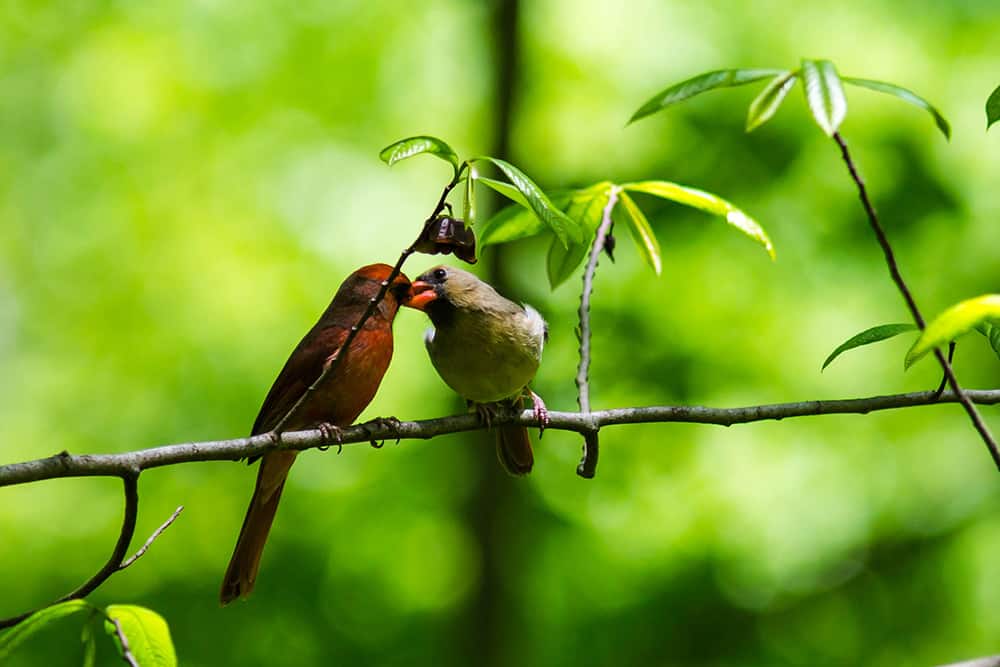NatureZen: Connecting Our Hearts to Nature
In part one of our Earth Day series, Melissa shared how naming what she sees in nature helped her develop a deep connection to conservation. In part two, Fields offers another way of connecting, one that centers the joyful experience of being a part of the environment.
Connecting Our Hearts to Nature
Fields Falcone, Conservancy Programs Manager
“In the end we will conserve only what we love; we will love only what we understand; and we will understand only what we are taught.”
(Baba Dioum, 1968)
Melissa told you about her connection point to nature – identification, each scientific or common name holding the secrets of a unique lifeform and its interactions with the environment.
The ways we connect to nature vary as much as the names of all the damselflies of the world, and no way of feeling appreciation for nature is right or wrong. Perhaps you are a weather fanatic, and knowing the forecast and the rhythms of fronts and jetstreams is your joy. Perhaps you are a cloud-lover – maybe you like to name them and know how they originate, or perhaps it is their shapes across the sky that fascinate you. Maybe you love a walk along the beach and take an artistic interest in seashells – their patterns and colors, how the sand and tides interact with them at the water’s edge. Perhaps you like to name the host creature of those shells, or maybe names are meaningless to you – it is the big picture of “beach” with sand, water, sky, breezes, salt spray, and shells that makes your heart sing.

There is never a moment we are not in the environment. As Wendell Berry (2014) said, “I would like you, if you can, to show me where the line can be drawn between an organism and its environment. I don’t think the line can be drawn. … The environment is in you, it’s passing through you, you’re breathing it in and out, you and every other creature.”
As natural organisms ourselves, tapping into the part of this complex planet that resonates with us is healing, grounding, and makes us feel more alive and a part of something greater. The artist sees a different kaleidoscope than the writer, scientist, engineer, or financier. Give yourself permission to love nature in your own way, and follow the gravitation to your connection point.
My connection since childhood has been animal behavior and observation, particularly with birds. Bird vocalizations are the gateway to no-time for me, like a pianist lost in a new composition. After these many years of accumulating personal and academic data, I cannot help but hear and assess every bird sound in my periphery. What do those short, quieter calls between two northern cardinal mates mean? Are they simply checking in with one another, or revealing a food bounty?

Why does the black-throated green warbler belt its insectoid song along the migration route before it has even reached its breeding grounds, where it will defend its territory with the same song? Is he warming up for the big stage? Does his spring physiology trigger the urge to sing, despite the caloric cost? Has he simply gleaned enough insects and has a spare moment, and it feels so good to be on the way north in friendly treetops that he sings for pure expression?

The opening quote was seminal in modern conservation, made by a preeminent Senegalese forester. Without connection, without the touchstone of loving nature, without our hearts, our conservation efforts will fall short, relegated to a mental acknowledgment of self-preservation. However, from a heart connection, we can expand our learning along our own gravitational axes. Giving our youth the chance to fall in love with some aspect of the natural world and cultivating that love with access to information or tools for deeper expression, whether paint brush or field guide, holds the greatest long-term hope for modern conservation.
We invest in what brings us joy. The natural world, especially places like the Old Forest accessible to so many city dwellers that may suffer from disconnection to nature, need our investment.
Click here to donate to our $50K for 50 Years giving challenge. And click here to get NatureZen in your inbox.



